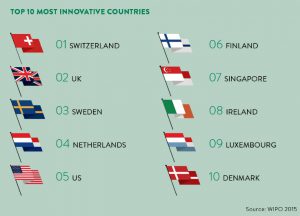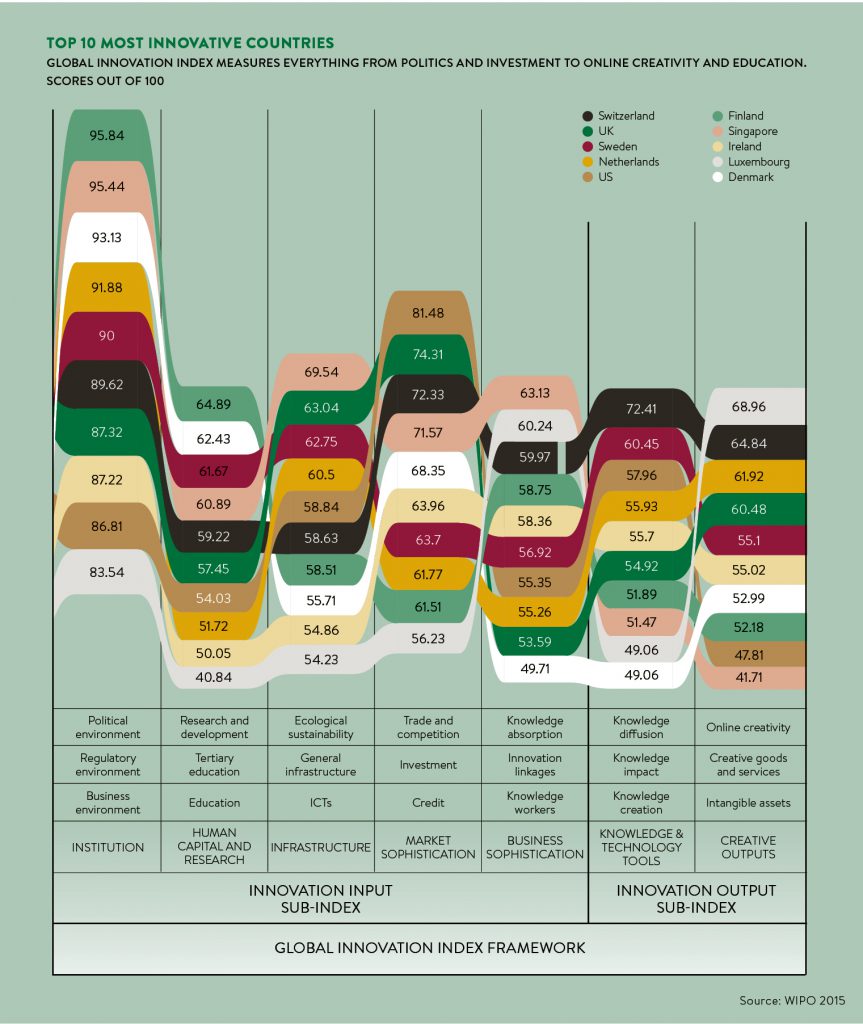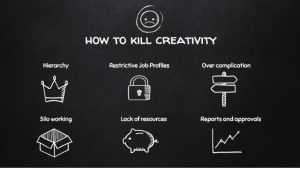The report relevant to the 2015 Global Index Innovation has been recently published and, as always, it is quite revealing of human, societal and economic trends that ease and stimulate the expression of new ideas and solutions freeing-up expressions of creativity and at the same time reducing or eliminating barriers to such expression.
There overall index is generated by innovation input factors and innovation output ones. They spread throughout an entire array of factors that directly or indirectly have the power to boost or restrain that expression of creativity.
First of all, in my opinion, it needs to be pointed out that what this index measures does not fully represent what concrete innovation is in itself (an expression of creativity that solves problems effectively and/or finds affirmation on markets); rather it seem to focus on identifying an overall ecosystem that fosters the conception and development of creativity almost as an end in itself. This is a perspective that in my opinion requires further debate involving people that in actual practical terms are on the frontline to solve problems, generate effective business opportunities and/or take advantage at best of them.



